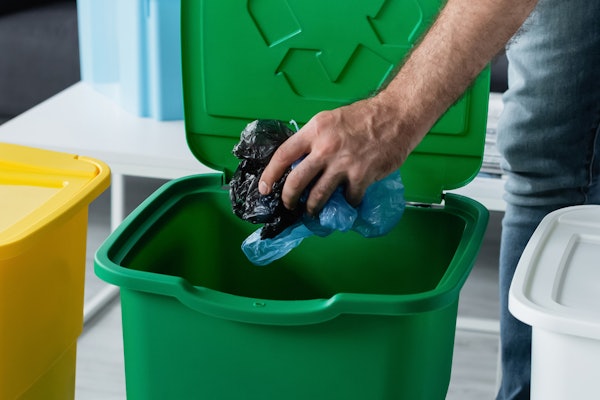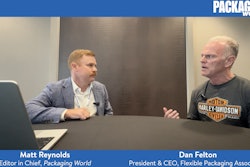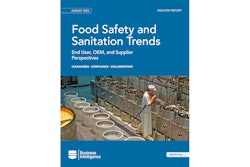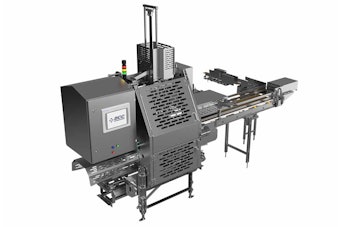It says “slack fill” in food packaging is cheating consumers.
As explained below, empty space in a package, or slack fill, is not a problem for regulators unless it is nonfunctional, and, as most packaging professionals know, there certainly are a lot of important functions that slack fill might serve.
It’s not really clear that this problem is big or getting bigger, and moreover, this is an odd time to complain about packaging being excessive.
When sustainability is spreading through the packaging marketplace and leading to reductions and other changes in packaging, and after more than two decades of movement toward source reduction among other environment-inspired packaging adjustments, CSPI says there’s a scourge of misleadingly formed food packaging.
Packaging often contains empty space inside it, called “slack fill,” but it usually serves one or more necessary purposes. FDA doesn’t prohibit “slack fill,” but it does prohibit “nonfunctional slack fill” in containers that aren’t see-through. “A container that does not allow the consumer to fully view its contents shall be considered to be filled as to be misleading if it contains nonfunctional slack fill,” says the regulation 21 CFR Sec. 100.100. The regulation, in addition to excluding containers that “allow the consumer to fully view” their contents, also makes clear there’s nothing wrong with slack fill that is functional, offering the following definitions of proper functions. [Emphasis added, slightly edited.]
(1) Protection of the contents of the package;
(2) The requirements of the machines used for enclosing the contents in such package;
(3) Unavoidable product settling during shipping and handling;
(4) The need for the package to perform a specific function (e.g., where packaging plays a role in the preparation or consumption of a food), where such function is inherent to the nature of the food and is clearly communicated to consumers;
(5) The fact that the product consists of a food packaged in a reusable container where the container is part of the presentation of the food and has value which is both significant in proportion to the value of the product and independent of its function to hold the food. . . . ;
or
(6) Inability to increase level of fill or to further reduce the size of the package (e.g., where some minimum package size is necessary to accommodate required food labeling (excluding any vignettes or other nonmandatory designs or label information), discourage pilfering, facilitate handling, or accommodate tamper-resistant devices).


























